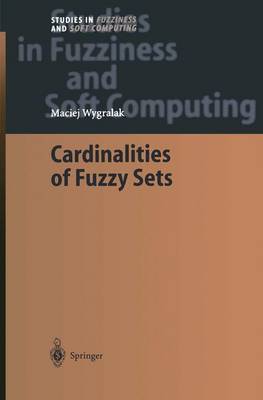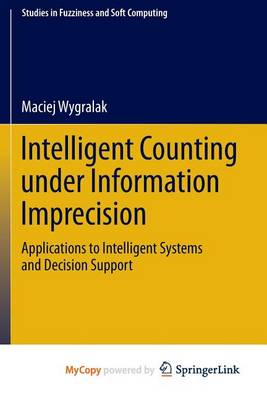Studies in Fuzziness and Soft Computing
2 primary works
Book 118
Book 292
Counting belongs to the most elementary and frequent mental activities of human beings. Its results are a basis for coming to a decision in a lot of situations and dimensions of our life. This book presents a novel approach to the advanced and sophisticated case, called intelligent counting, in which the objects of counting are imprecisely, fuzzily specified.
Formally, this collapses to counting in fuzzy sets, interval-valued fuzzy sets or I-fuzzy sets (Atanassov's intuitionistic fuzzy sets).
The monograph is the first one showing and emphasizing that the presented methods of intelligent counting are human-consistent: are reflections and formalizations of real, human counting procedures performed under imprecision and, possibly, incompleteness of information. Other applications of intelligent counting in various areas of intelligent systems and decision support will be discussed, too.
The whole presentation is self-contained, systematic, and equipped with many examples, figures and tables. Computer and information scientists, researchers, engineers and practitioners, applied mathematicians, and postgraduate students interested in information imprecision are the target readers.

